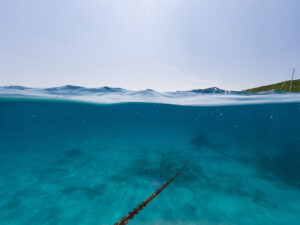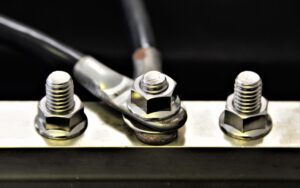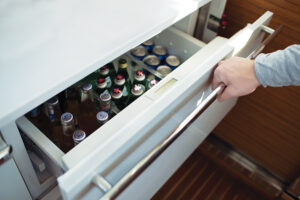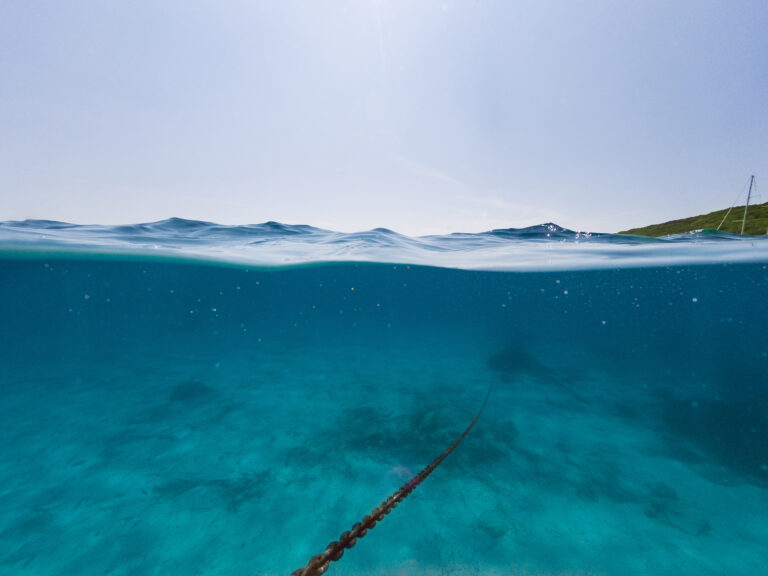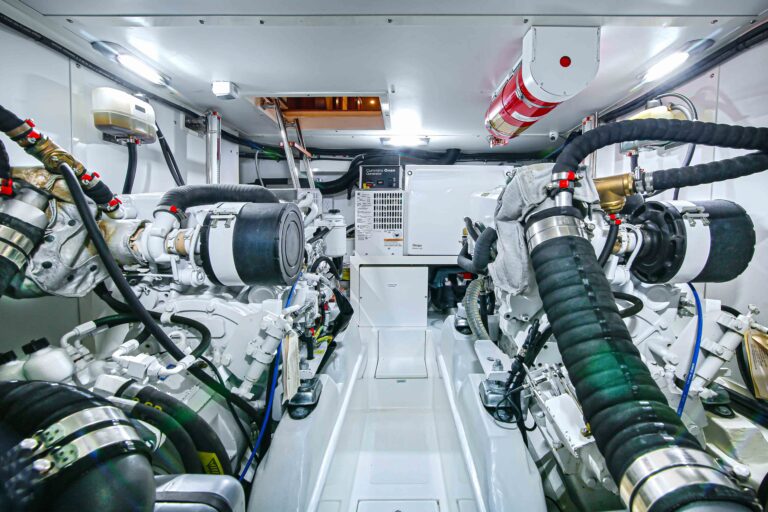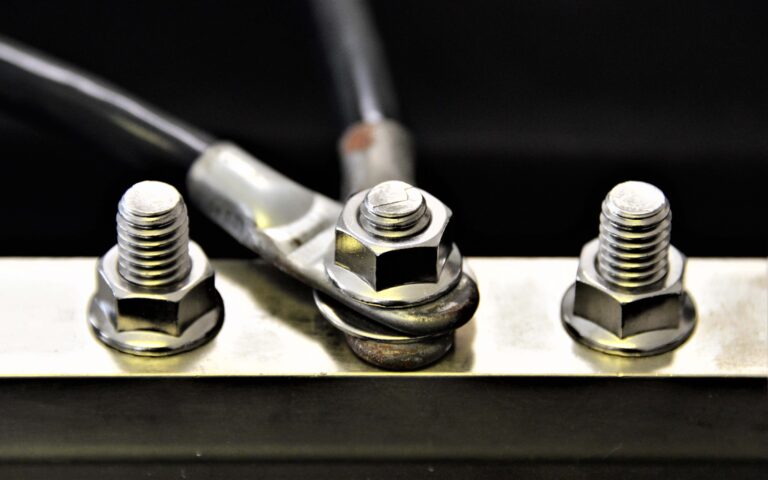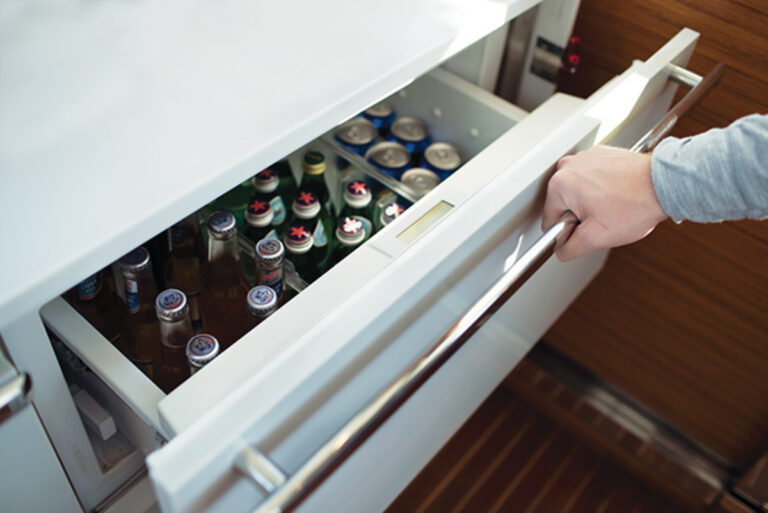
Got OBS?

Undoubtedly, you’ve gone aboard older boats (and maybe some which were not so old) that exhaled a distinctive fragrance most folks call “Old Boat Smell.” This fragrance, if it can be labeled as such, is not exactly disgusting but, then again, it isn’t always come-hithery either. While fuel tanks and engines with miniscule leaks, problematic sanitary systems, moldering lockers, and other issues typically play a causative role in OBS, the main culprit is often a grubby bilge that contains oil, oil residue, dried crud, wet crud, moist crud, saloon sweepings, a variety of nuts, bolts, and other artifacts that have inadvertently fallen into darkness, and plenty of other stuff it’s not worth wringing our hands over here.
What to do?
There are numerous bilge cleaners on the market, including products from Starbrite, West Marine, and Boatlife. The reason to go with a mainstream-manufactured bilge cleaner from one of these outfits is that the product is going to be biodegradable, as opposed to being some sort of regular soap which may leave an unhealthy residue in your bilge after cleaning and which may also do harm to the environment when pumped overboard.
So, for starters, let’s say you’ve purchased a jug of good bilge cleaner. Next? Crank up the cleaning process by shutting down your onboard bilge pumping system (usually accomplished by the mere flip of a switch or switches) and pouring bilge cleaner into the dirtiest areas of your bilge. Use enough of the stuff, too—the amount, of course, depends on the size of the area you’re dealing with. Then bring the business end of a garden-type hose aboard, tie it down or otherwise immobilize it in a likely part of the bilge (most often somewhere in the engine room), and turn on the dockside faucet. Avoid using a nozzle, by the way—even if dialed back, nozzles tend to spray freshwater on engines and other sensitive areas and this is often bad, bad, bad.
What eventually ensues is predictable—your bilge fills up like a soup bowl full of nasty or semi-nasty soup. Once that happens, shut off the faucet and agitate (washing-machine-style) the water/cleaner mixture with a mop, brush, or some other device that makes sense for the shapes of the areas you’re working with. Then kick back and simply let the agitated mix percolate for a few hours, say, four or five. Don’t leave your boat unattended during this period, though. Remember—the bilge pump or pumps have been temporarily disabled.
The final step of this extravaganza entails using either a gong brush or long-handled deck brush (or both) to thoroughly scrub every part of the bilge you can reasonably get to. Rubber boots may come in handy for this gruesome chore, and/or rubber gloves. And intensity is key. Put some serious energy into that brush handle or that brace of brush handles, but hey, not so much that you damage equipment or splash water all over it. After you re-energize your bilge pumping system and clear the bilge area, use the hose to lightly rinse everything you’ve cleaned to get all residue out. Then rinse again for good measure. What the heck!
A lot of work? Yes, but your nose will know the difference! And so will everybody else’s.
For more tips like this, visit the Vetus-Maxwell DIY Workbench at passagemaker.com
Capt. Bill Pike is deputy editor of our sister publication Power & Motoryacht magazine.



